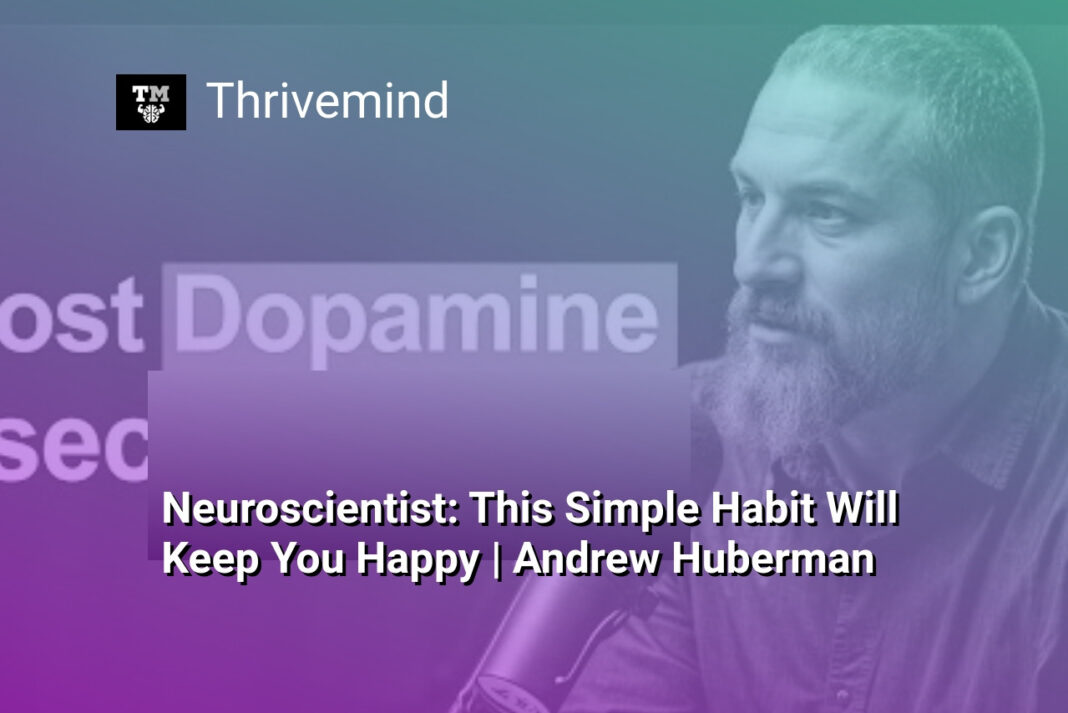The Bottom Line:
- The main theme of the text is the importance of understanding the time required for biological processes to produce desired outcomes, such as fat burning, muscle building, and skill development.
- The author emphasizes that there is a common misconception among consumers of fitness content that the results of certain inputs are achieved much faster than they actually are.
- The author uses the analogy of an elevator to illustrate the concept of delayed gratification, where the desired outcome (reaching the desired floor) is not immediately apparent, but the process is still underway.
- The author stresses that just because the desired outcome is not visible in the short term, it does not mean that the process is not working, and that consistency and trust in the process are crucial.
- The author encourages the audience to stay committed to their goals and not to give up, as the desired results will come with time and persistence, just like the elevator reaching the desired floor.
The Myth of Instant Gratification
The Complexity of Biological Processes
The human body is a remarkable machine, but it operates on a different timescale than many of the instant gratification experiences we encounter in our daily lives. Unlike the immediate response of pushing a button and seeing an elevator door open, the processes that drive lasting fitness results are far more intricate and time-consuming.
The Fallacy of Quick Fixes
It’s easy to be misled by examples of immediate cause-and-effect relationships, such as the surge of energy from a large dose of caffeine. These convenient examples can lead us to believe that all fitness goals can be achieved just as quickly. However, the reality is that most meaningful changes, whether it’s fat loss, muscle building, or improved aerobic fitness, require a significant investment of time and consistent effort.
Embracing the Long Game
Patience and persistence are essential when it comes to fitness. Just as you wouldn’t expect to earn a college degree overnight or land a high-paying job immediately after graduating, the body’s biological processes require time to adapt and respond to the stimuli you provide. It’s important to understand that the journey towards your fitness goals is a marathon, not a sprint, and that staying committed to the process is the key to achieving lasting results.
Caffeine and the Illusion of Rapid Change
The Allure of Instant Gratification
One of the primary challenges individuals face when pursuing fitness goals is the temptation to seek rapid, immediate results. This is often fueled by the experience of consuming caffeine or other stimulants, which can provide a noticeable surge of energy and alertness in a matter of minutes. This immediate cause-and-effect relationship can create an illusion that all fitness-related changes should happen just as quickly.
The Realities of Biological Processes
However, the human body and its adaptations to exercise and lifestyle changes operate on a much slower timescale than the effects of caffeine or other stimulants. Building muscle, improving cardiovascular fitness, and developing coordination and skill all require a significant investment of time and consistent effort. These biological processes cannot be rushed, and expecting instant gratification often leads to disappointment and the premature abandonment of fitness programs.
Cultivating Patience and Trust in the Process
It’s crucial for individuals pursuing fitness goals to understand and embrace the fact that progress takes time. Just as pushing the button in an elevator doesn’t immediately open the doors, the inputs and stimuli we provide to our bodies require a complex series of physiological mechanisms to manifest in the desired outcomes. By cultivating patience and trusting the process, individuals can stay committed to their fitness journey, knowing that consistent effort will eventually yield the results they seek.
The Patience Required for Muscle Building and Fat Loss
The Gradual Nature of Fitness Transformation
Achieving lasting fitness results, whether it’s building muscle or losing fat, requires immense patience and a long-term mindset. Unlike the immediate effects of certain stimuli, such as the surge of energy from a caffeine boost, the outcomes of consistent exercise and dietary changes unfold over an extended period. This is a crucial concept that many individuals struggle to grasp, leading to disappointment and premature abandonment of their fitness goals.
Embracing the Slow and Steady Approach
It’s common for people to start a new workout routine or diet, expecting to see dramatic changes in a matter of weeks. However, the reality is that true, sustainable transformation takes time, often measured in months and years, not days or weeks. This is because the underlying physiological processes that drive muscle growth and fat loss are complex and require a gradual adaptation. Just as you wouldn’t expect to earn a college degree overnight, you can’t expect to achieve your fitness goals in a matter of weeks or even a few months.
Trusting the Process
The key to success is to trust the process and remain consistent with your efforts. It’s important to understand that the journey towards your fitness goals is not a linear one, with immediate and visible results. Instead, it’s a gradual, step-by-step progression, where the cumulative effect of your actions over time will ultimately lead to the desired outcomes. Just as you trust that an elevator will reach its destination after pressing the button, you must trust that your consistent efforts in the gym and in the kitchen will eventually pay off, even if the progress is not immediately apparent.
Understanding the Complexity of Biological Processes
The Intricate Web of Biological Processes
Biological processes are inherently complex, with a myriad of interconnected systems and mechanisms that work together to maintain the delicate balance of our bodies. Unlike the simple push-button operation of an elevator, the journey towards lasting fitness results is far more intricate and nuanced.
Navigating the Timescale of Adaptation
It’s a common misconception that the outcomes of certain inputs in fitness are immediate and straightforward. The immediate energy boost from a caffeine surge is a prime example of this, leading many to expect similar rapid results in other areas of their fitness journey. However, the reality is that most biological adaptations occur on a much longer timescale, often requiring weeks, months, or even years of consistent effort before the desired outcomes become visible.
Embracing the Patience Paradox
The patience required for lasting fitness results can be a challenging concept for many individuals. We live in a world of instant gratification, where we expect to see tangible progress quickly. However, the true nature of biological processes dictates that patience and perseverance are essential. Just as we trust the complex mechanisms of an elevator to transport us to our desired floor, we must trust the intricate workings of our bodies to adapt and transform in response to our fitness efforts.
Trusting the Process for Consistent Progress
Embracing the Long-Term Approach
In the pursuit of lasting fitness results, it’s crucial to understand that the journey is often a marathon, not a sprint. Many individuals fall into the trap of expecting immediate gratification, fueled by the misconception that fitness outcomes can be achieved in a matter of days or weeks. However, the reality is that true, sustainable progress requires patience, consistency, and a deep understanding of the underlying biological processes involved.
Trusting the Invisible Progress
Just as an elevator takes time to ascend to the desired floor, even though the button has been pressed, the body’s transformation also follows a gradual, incremental path. While the visible changes may not be immediately apparent, there is a wealth of invisible progress happening beneath the surface. Muscle fibers are being rebuilt, fat cells are being metabolized, and cardiovascular systems are becoming more efficient. These foundational changes are the building blocks of lasting fitness, and they require time and unwavering commitment to manifest.
Embracing the Ebb and Flow
The fitness journey is rarely a linear progression; it often involves periods of plateaus, setbacks, and even temporary regressions. It’s important to embrace these natural fluctuations and trust that the overall trend is moving in the right direction. Just as the elevator may pause or even descend briefly before continuing its ascent, the body’s adaptation process can be nonlinear, with ups and downs along the way. By maintaining a long-term perspective and staying focused on the big picture, individuals can navigate these ebbs and flows with resilience and determination.





